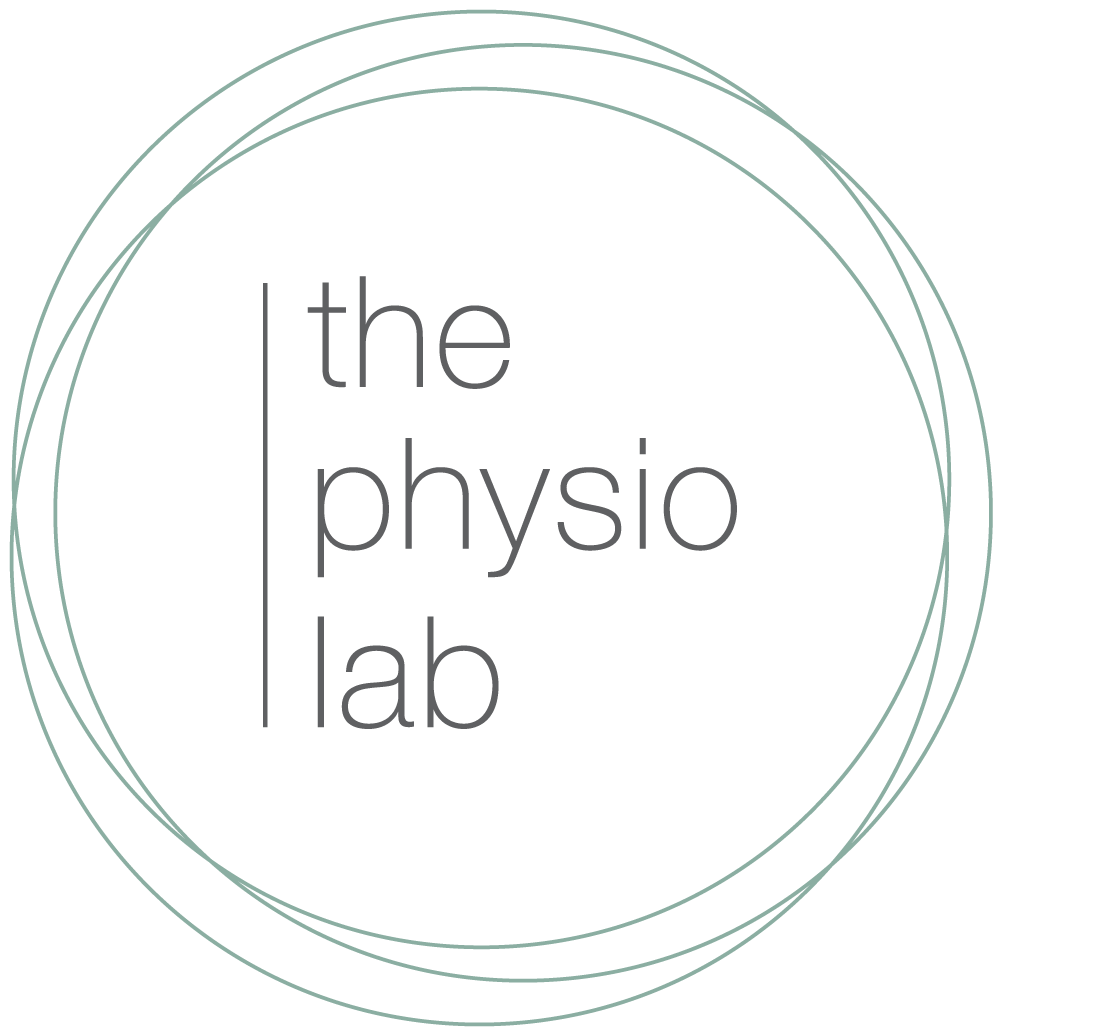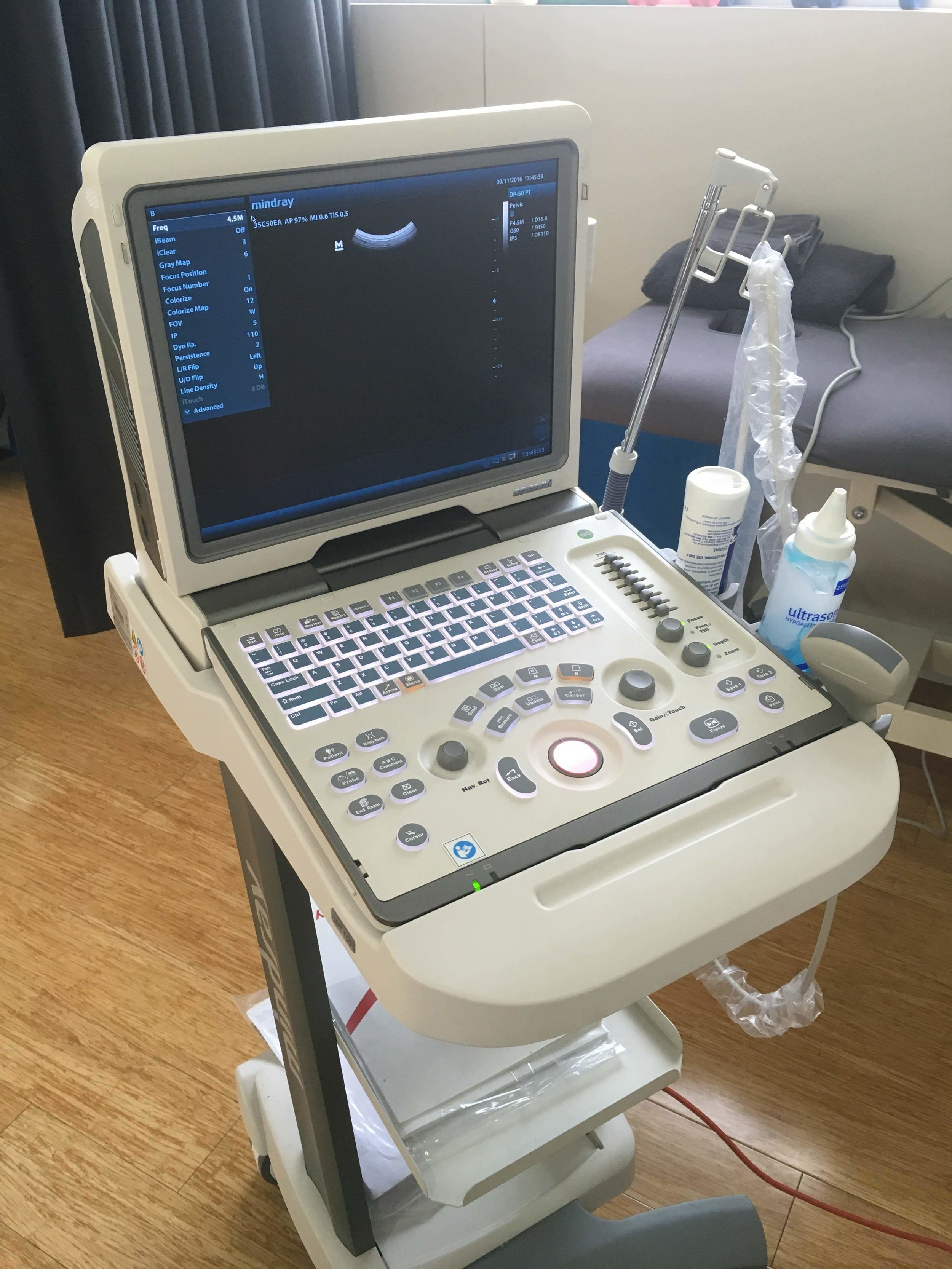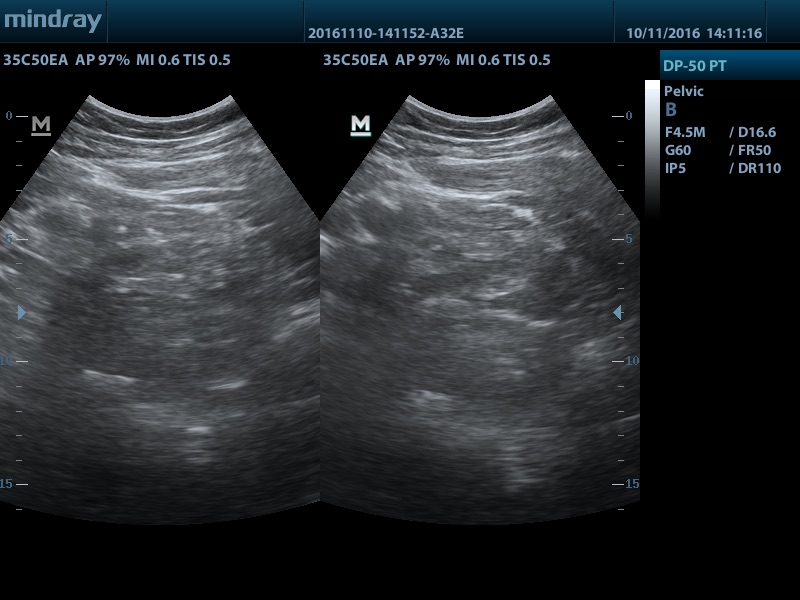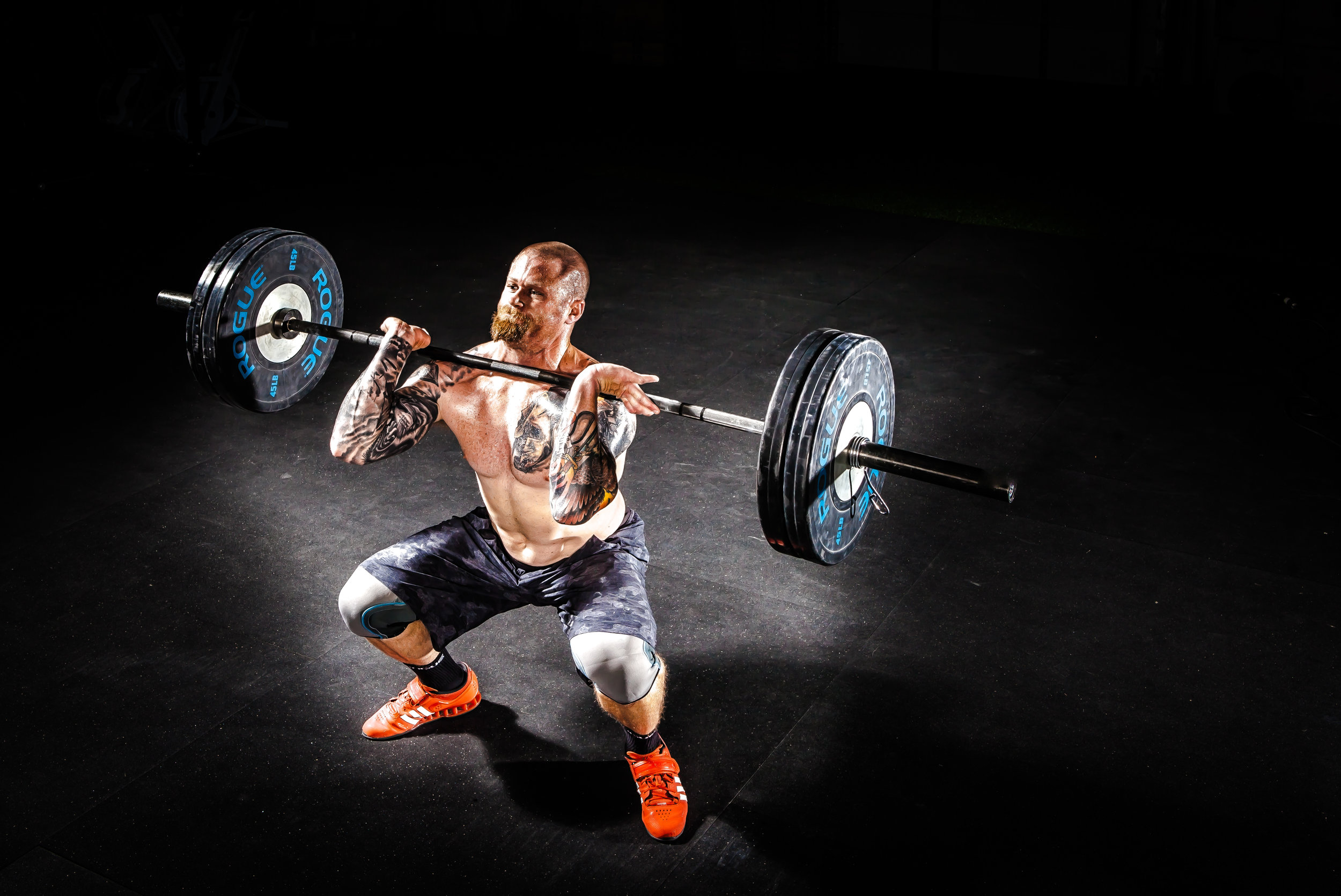How often have you gone to a gym or exercise class and been to told to switch on your core? Have you given birth and found that you no longer have the same level of control of your pelvic floor muscles? Do you have hip pain or 'trochanteric bursitis'?
Do you really understand what it means to switch on your core?
How it works
Real-time ultrasound (RTUS) is an imaging tool that can be used by physiotherapists as part of an assessment or treatment. It can be used diagnostically to assess tendons and common sites of inflammation or pain (such as hip, shoulder, elbow, knee, ankle) to improve outcomes in treating these areas. It is used in the rehabilitation of back pain and spinal stability retraining.
"Ultrasound imaging is based on the same principles involved in the sonar used by bats, ships and fishermen. When a sound wave strikes an object, it bounces back, or echoes. By measuring these echo waves, it is possible to determine how far away the object is as well as the object's size, shape and consistency (whether the object is solid or filled with fluid)."
"In an ultrasound examination, a transducer both sends the sound waves into the body and receives the echoing waves. When the transducer is pressed against the skin, it directs small pulses of inaudible, high-frequency sound waves into the body. As the sound waves bounce off internal organs, fluids and tissues, the sensitive receiver in the transducer records tiny changes in the sound's pitch and direction. These signature waves are instantly measured and displayed by a computer, which in turn creates a real-time picture on the monitor."
(definition from www.radiologyinfo.org)
Physiotherapists use RTUS to help facilitate recovery of muscle function and activation that can assist in preventing many musculoskeletal conditions of the back, pelvis and hips. Your physiotherapist can use RTUS to help retrain and strengthen the core stabilising muscles (such as the pelvic floor, transversus abdominus and multifidus) and hip stabilising cuff (gluteus medius/minimus and hip rotators) by providing a real-time moving image of the muscles. This can allow the physio to point out which muscles you should be working and when you activate them correctly. Training these cues restores normal function and eventually results in an automatic pattern of activation.
Hip, Core and Pelvic Floor muscle Assessment
Having strong abdominals does not guarantee an effective core in relation to stability of the spine and pelvis. In some cases, an imbalance in the strength of the abdominal wall can be detrimental to the health of the spine. RTUS allows your physiotherapist to assess the function of your muscles within the clinic setting during your appointment.
Core
Poor core muscle activation patterns are most commonly associated with low back pain. The muscles of the abdominal core are formed in several layers, each with their own purpose and function. Specifically, the deeper layer abdominal muscle (transversus abdominus) plays a pivotal role in creating a scaffold-like system that helps support the spine and pelvis. Using RTUS we can display images of your core that can subsequently improve your ability to accurately initiate an effective core contraction. You get immediate visual feed-back on the screen to show how effectively your muscles contract to protect the spine.
Hip
Activation of the deep hip muscles can also be assessed and trained using RTUS. Common hip conditions such as trochanteric bursitis and gluteal tendinopathies can can attributed to poor function and damage of the gluteal and hip cuff muscles. By imaging these muscles with RTUS you can learn to create better patterns and cues for activation. You get visual feedback as to the effectiveness of your contraction. This ensures that exercises as part of a hip rehabilitation program are effective.
Pelvic floor (post-natal assessment)
Issues with contraction of the pelvic floor muscles, incontinence and abdominal separation (Diastasis Recti) are common impairments that are seen in the post-natal period following childbirth. Many women are left to deal with pain and impaired function in the months following childbirth which can often go on unchecked for months or years. If you have previously given birth you should seek the advice and recommendations from a physiotherapist who can assess the level of muscle function and control present and, if necessary, refer on to a women's health specialist for further tests.
Being confident in your ability to accurately switch on your core muscles and pelvic floor will allow you to build better lumbar-pelvic stability. It can improve your ability to activate muscles during periods of increased load such as when exercising. It can reduce lower back pain, restore normal muscle function in the post natal period following birth and also decrease symptoms of incontinence.
For further information, book an appointment with one of our physiotherapists.





